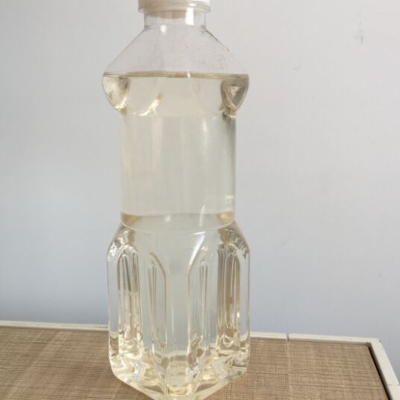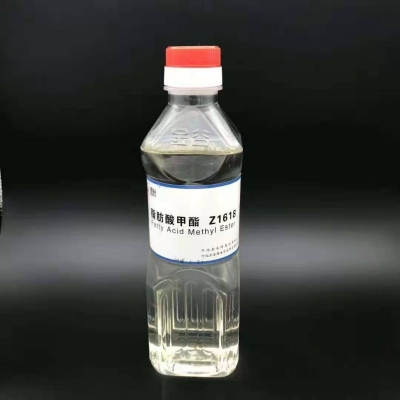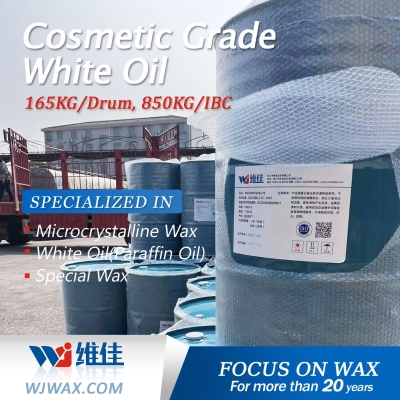-
Categories
-
Pharmaceutical Intermediates
-
Active Pharmaceutical Ingredients
-
Food Additives
- Industrial Coatings
- Agrochemicals
- Dyes and Pigments
- Surfactant
- Flavors and Fragrances
- Chemical Reagents
- Catalyst and Auxiliary
- Natural Products
- Inorganic Chemistry
-
Organic Chemistry
-
Biochemical Engineering
- Analytical Chemistry
-
Cosmetic Ingredient
- Water Treatment Chemical
-
Pharmaceutical Intermediates
Promotion
ECHEMI Mall
Wholesale
Weekly Price
Exhibition
News
-
Trade Service
Technical Features:
1.
The use of special catalysts and single-stage one-time through the process flow, so that inferior diesel undergoes deep hydrogenation and desulfurization, nitrogenation, aromatic hydrocarbon saturation and selective ring opening and other reactions, so as to achieve the goal
of reducing density, improving cetane number, and maintaining high diesel yield.
2.
It can be deeply hydrogenated and desulfurized, nitrogenated, significantly improved the diesel cetane number, high diesel yield, strong adaptability to raw materials, suitable for processing catalytic diesel and diesel and direct diesel mixed oil
.
3.
The hydrotreating and hydrocracking catalysts can be installed in the same reactor, or they can be installed in two series reactors, which is very flexible
.
4.
The catalyst has high activity and good
stability.
The first operating cycle life is greater than 24 months, renewable use, and the total life is greater than 72 months
.
Production process: The process flow of this technology mainly includes two parts
: reaction and fractionation.
After the raw material oil is heat exchanged and heated, it enters the hydrotreating reactor (section), and the hydrodesulfurization, nitrogen denitrogen and olefin saturation reaction occurs, and then enters the reactor (section) equipped with a special hydrogenation modification catalyst, and the hydrogenation ring opening reaction of the aromatic hydrocarbon of the second ring and above occurs, and the reaction product is cut into naphtha and diesel products
by the fractionation system.







